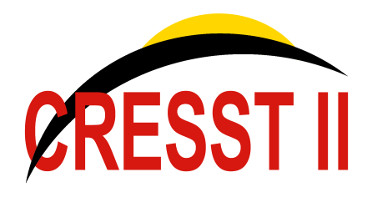Extragalactic Group -- Research
Faculty and Postdoctoral Researchers:
- Alberto Bolatto
- Alberto Bolatto pursues several lines of extragalactic research in the nearby and high-redshift universe, including studies of molecular gas and star formation in galaxies, galaxy kinematics and dark matter, molecular cloud structure, radio searches for atomic and molecular transitions at high redshift, and S3MC/S4MC, a Spitzer Space Telescope Cycle-1/Cycle-3 project for imaging and spectroscopy of the Small Magellanic Cloud in the mid- and far-infrared.
- Suvi Gezari
- Dr. Suvi Gezari's research focus is on time domain astrophysics. She has used the Pan-STARRS1 (PS1) Survey at optical wavelengths and the Galaxy Evolution Explorer (GALEX) Time Domain Survey at ultraviolet wavelengths, together with follow-up space-based and ground-based observations from across the electromagnetic spectrum, to discover and characterize transients and study their physical properties. Her transients of interest include variable active galactic nuclei, core-collapse supernova explosions of massive stars, and flares from the tidal disruption of stars by supermassive black holes.
- Andrew Harris
- The main goal of Andrew Harris' research is understanding the energetics and physical conditions within galaxies and their nuclei. Part of this effort involves developing instrumentation for radio observations over wide bandwidths and wide fields of view at the Green Bank Observatory and other sites. Part of his effort involves spectroscopy of individual high-redshift galaxies and of the integrated molecular emission from clusters of galaxies. Closer to home he uses data from the Herschel Space Telescope and the SOFIA airborne observatory to probe our Galactic center, both to understand the physical conditions in this complex region and to extrapolate to observations of more distant galaxies.
- Richard Mushotzky
- Richard Mushotzky is a renowned expert in clusters of galaxies and active galactic nuclei. He and his group are active in many areas of X-ray astronomy; one example is studying the properties of the Swift/BAT sample of AGN (which is the first large sample unbiased to all but Compton-thick absorption).
- Chris Reynolds
- Chris Reynolds has performed substantial observational investigations into active galactic nuclei, with a particular emphasis on the diagnostic properties of the Fe K alpha line profile. He has also done a great deal of theoretical research focused on magnetohydrodynamics near the inner edges of accretion disks around black holes. He has shown that significant energy may be extracted from inside the innermost stable circular orbit around black holes, either from the rotation of the black holes themselves or from MHD interactions. The initial work has used a pseudo-Newtonian potential formalism with simple equations of state, but Reynolds intends to expand this investigation to fully relativistic disks with more realistic equations of state.
- Massimo Ricotti
- Massimo Ricotti's main interest is in theoretical cosmology. He is currently studying the first epochs of galaxy and star formation in the Universe using large-scale numerical simulations to understand which physical processes and feedbacks are important for the formation of early galaxies. In addition, he studies the evolution of the intergalactic medium (IGM) from which they form, investigating the thermal and reionization history of the IGM and of the Lyman-alpha forest. He is also interested in the physics of the interstellar medium, focusing on galaxies with nearly primordial composition and damped Lyman-alpha systems.
- Sylvain Veilleux
- The research interests of Sylvain Veilleux center on understanding the nature, origin and impact of starburst/black-hole driven activity in galaxies, and on the formation and evolution of galaxies. Most of his work involves the analysis of ground-based observations at optical and infrared wavelengths supplemented with data obtained with astronomical satellites. He has also been involved in trying to put stronger constraints on the metagalactic ionizing flux and the gaseous extent of galaxies.
- Stuart Vogel
- Stuart Vogel is a radio astronomer working on star formation and the interstellar medium in the Milky Way and nearby galaxies. He also has a Fabry-Perot spectrometer for studies of extended optical emission line objects. His optical interests include galactic nebulae, gas flows in galaxies, detection of ionized gas above and beyond the HI disks of galaxies, and measurement of the metagalactic ionizing flux.





